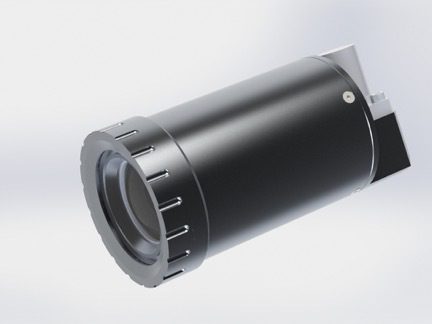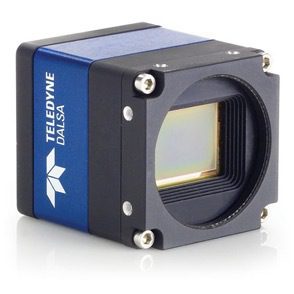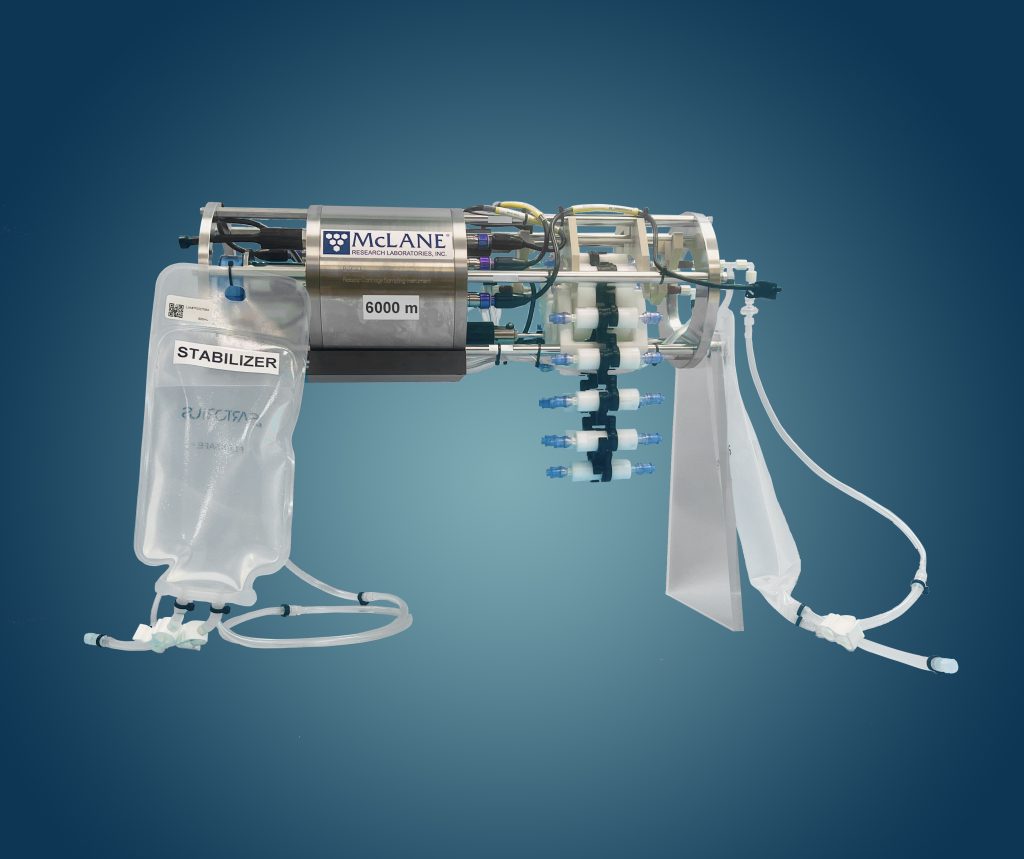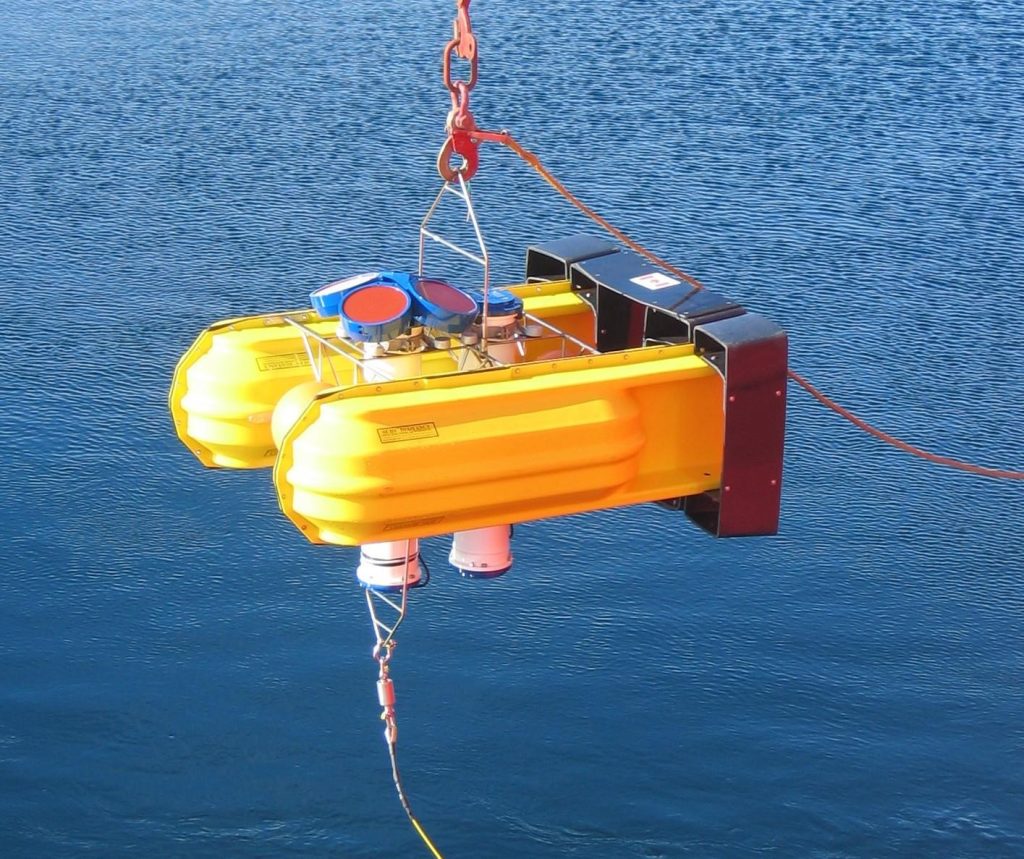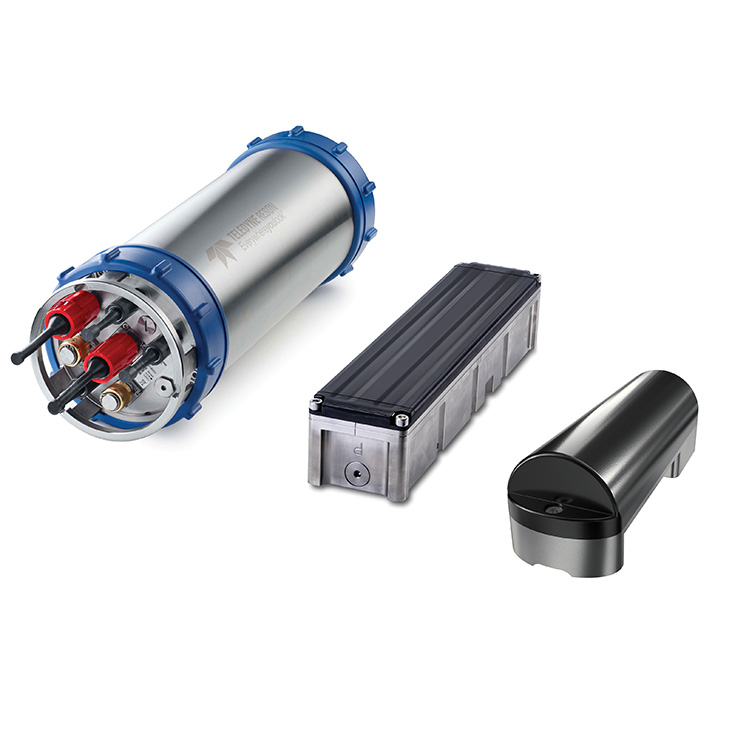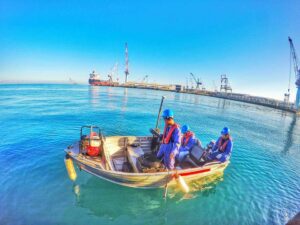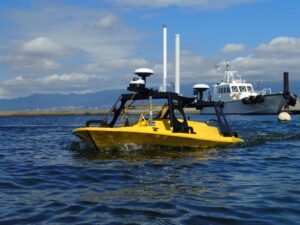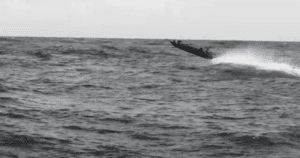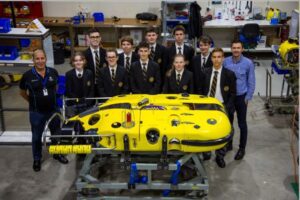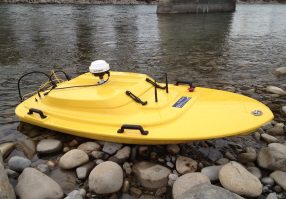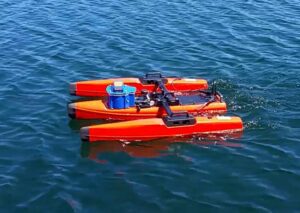MARKETS
Case Study: Camera Enclosures for Harsh Environments
We are an Australian company with a growing international reputation
focusing on the design and servicing of high quality underwater
electronics used in harsh environments.
Underwater experience ensures a reliable solution
As machine vision cameras and hardware are increasingly deployed in industrial and harsh environments, many users have the need to package their equipment for long-term survivability. BlueZone engineering is founded on the need to package equipment for some of the harshest environments that are encountered – deep sea deployment for Offshore Oil & Gas and other demanding subsea applications.
The Water Corporation of Western Australia tasked BlueZone with the requirement to design and manufacture camera housings for eight Teledyne Dalsa Genie T2041 cameras and complete with Kowa 6mm lens. The application was for mounting the cameras on a pipeline crawler for long-distance inspection of partly flooded pipelines. Both the housings and associated junction tubes needed to be as space efficient as possible. Both were designed to be waterproof to 100 m depth and a hard-anodised finish on both items was required.
The cabling arrangement included mounting four cameras with ethernet pass-through, four serial conductors and power supply conductors. The four power pairs (eight conductors), were combined inside the junction tube and a standard hose fitting was used on one end to pass through four cameras and the combined power cable.
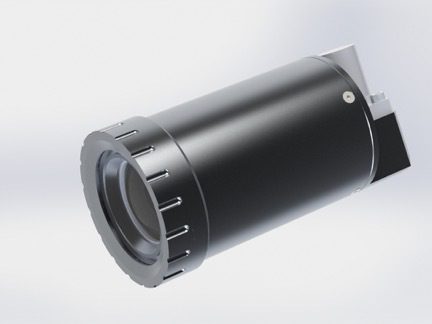
We are an Australian company with a growing international reputation
focusing on the design and servicing of high quality underwater
electronics used in harsh environments.
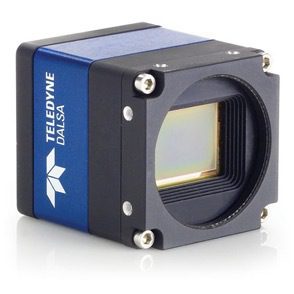
BlueZone’s approach was to build on the CC03 High Definition Drop Camera design for underwater seabed inspection to depths of 100m. The proven reliability and capability of this design were a good starting point for a camera enclosure for harsh conditions.
Full advantage of in-house 3D printing capability was taken for rapid design and manufacture of a specialised mounting bracket. This bracket enabled infinite rotation of the camera inside the housing for required alignment between cameras to support image stitching software.
Read More: High Quality and Rapid Turnaround 3D Printing for Subsea Applications
Featured Products
McLane RoCSI – Robotic Cartridge Sampling Instrument
The McLane RoCSI (Robotic Cartridge Sampling Instrument) is a cutting-edge biomolecular sampler designed for in situ collection and preservation of particulate samples, including genetic material and environmental DNA (eDNA).
Read moreTeramara’s SUBS (Streamlined Underwater Buoyancy System) is designed to provide stable, low-drag platforms for moored oceanographic instruments, such as current meters and ADCPs, in the most challenging marine environments.
Read moreThe SeaBat T51-S, is the latest release in the SeaBat T series. Building on the design of the revolutionary SeaBat T51-R, with elevated seabed mapping accuracy and resolution at new...
Read moreLatest News
Ahead of the Tide: BlueZone’s Landmark IndoPAC 2025 Showcase
Celebrating 25 Years of Sovereign Capability The Indo Pacific International Maritime Exposition stands as the region’s premier showcase for commercial maritime and naval defence innovation—bringing together leaders from defence,...
Read MorePartnering for Performance: BlueZone Supports Kraken Robotics in Advancing KATFISH Capability
BlueZone Group to become Kraken’s Australian Sales Representative, Enhancing Sovereign Support for Cutting-edge Synthetic Aperture Sonar Systems We are thrilled to announce BlueZone Group have signed an agreement...
Read MoreSeeByte and BlueZone Group Forge Strategic Alliance to Strengthen Australian Naval Capabilities
BlueZone Group is proud to announce our appointment as the official Australian representative for SeeByte, a UK-based leader in advanced maritime defence and uncrewed systems technology. This strategic partnership marks...
Read MoreBTM-AL50: Purpose Built Bottom Mounts for Shallow Water ADCP Deployment
Compact, Robust, Reliable This month were shining a light on DeepWater Buoyancy’s BTM‑AL50 Instrument Bottom Mounts—purpose‑built solutions designed for ADCP deployment in shallow ocean waters, rivers, coastal areas, and...
Read MoreCamera Enclosures for Harsh Environments
Underwater experience ensures a reliable solution
As machine vision cameras and hardware are increasingly deployed in industrial and harsh environments many users have the need to package their equipment for long-term survivability. BlueZone engineering is founded on the need to package equipment for some of the harshest environments that are encountered – deep-sea deployment for Offshore Oil & Gas and other demanding subsea applications.
The Water Corporation of Western Australia tasked BlueZone with the requirement to design and manufacture camera housings for eight Teledyne Dalsa Genie T2041 cameras and complete with Kowa 6mm lens. The application was for mounting the cameras on a pipeline crawler for long-distance inspection of partly flooded pipelines. Both the housings and associated junction tubes needed to be as space-efficient as possible. Both were designed to be waterproof to 100m depth and a hard-anodised finish on both items was required.
The cabling arrangement included mounting four cameras with ethernet pass-through, four serial conductors and power supply conductors. The four power pairs (eight conductors) were combined inside the junction tube and a standard hose fitting used on one end to pass through four cameras and the combined power cable
BlueZone’s approach was to build on the CC03 High Definition Drop Camera design for underwater seabed inspection to depths of 100m. The proven reliability and capability of this design were a good starting point for a camera enclosure for harsh conditions.
Full advantage of in-house 3D printing capability was taken for rapid design and manufacture of a specialised mounting bracket. This bracket enabled infinite rotation of the camera inside the housing for required alignment between cameras to support image stitching software.
Read More:
High Definition Drop Camera for seabed inspection
High Quality and Rapid Turnaround 3D Printing for Subsea Applications
